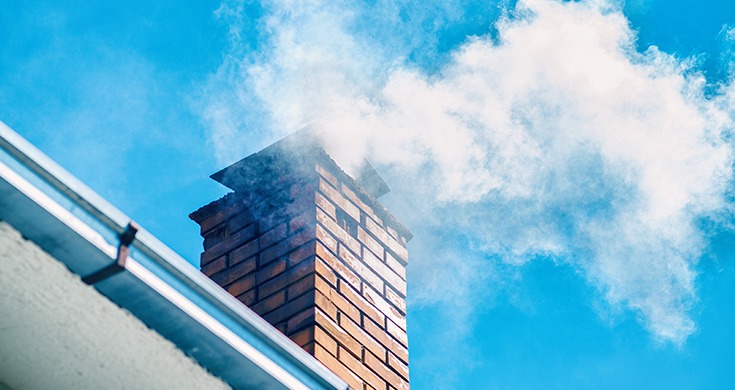Students can face a number of obstacles that can prevent them from doing their best in school. Most parents try to minimize obstacles by working with teachers to address any issues, and by ensuring their kids get enough rest and proper nutrition to do their best. But there may be a relatively new challenge to learning that parents don’t have as much control over—air pollution.
New research shows there are invisible environmental factors affecting children’s ability to do well in school. Apparently, pollution can be a significant obstacle to student success, and the solutions are not as clear-cut.
The Impact of Air Pollution on Students
In one study, scientists looked at the behavior and educational outcomes of students whose schools were located upwind of highway pollution—meaning they had less exposure to air pollution—and compared them to students downwind of highway pollution. The results were concerning. The students downwind of highway pollution had lower performance on standardized tests, had more absences from school, and had a four percent higher likelihood of demonstrating behavioral issues.
In another study, researchers examined student outcomes in schools located within a mile of toxic chemical release sites. Examples of such sites include manufacturing plants and factories. When compared with students outside of the one-mile radius, gaps in behavior and academic performance were clear. Students in schools located closer to sources of pollution had lower test scores, and they were 1.4 percent more likely to be absent.
Indoor Air Quality and Ventilation
Pollution from outside sources isn’t the only issue. Failure to provide adequate ventilation and air circulation inside classrooms also affects learning. When air is permitted to stagnate, carbon dioxide levels increase, and fumes from carpets and paint cannot escape. This has a direct impact on cognition.
In a study completed by the University of Tulsa’s Indoor Air Program, researchers examined indoor air quality in 70 schools, a total of 140 classrooms. They tracked student achievement on standardized testing, and they compared results from students in classrooms with poor air quality to those of students in classrooms with better air quality. The students without adequate ventilation in their classrooms performed an average of 74 points lower on the 2,400-point tests.
Which Students Are Most Impacted?
These studies also indicate that the pollution factor contributes to the current achievement gap that adversely affects low income students.
Almost 1 out of every 11 schools in the United States are within 500 feet of a major road or highway. More than 20 percent of the nation’s schools fall within a one-mile radius of a toxic release site. However, when schools are categorized by students’ income levels and the racial mix of families served, it is clear that the problem is more pronounced for low-income students and students of color.
The report shows that 15 percent of schools who primarily serve students of color are located near busy roads. Just four percent of schools in which the majority of students are Caucasian have the same issue. There are similar differences in the number of schools located near toxic release sites depending on the diversity of the student population.
When it comes to indoor air quality, schools in low-income communities have bigger challenges. Ventilation and circulation of air can be costly, because fresh air must be heated or cooled when it enters the building. When schools are already struggling to provide basic services and supplies, saving on heating and cooling expenses can be tempting. Of course, when students and families are already facing obstacles in academic achievement, the impact of this additional impediment is pronounced.
Solutions for Schools and Families
Research shows that air pollution can impact student achievement just as poor nutrition and lack of sleep do. Unfortunately, solutions aren’t quite as easy to identify and implement. While it may be possible for individual families to transfer their students to alternative schools, the location of the school and remaining students is unlikely to change—and the costs of heating and cooling are unlikely to decrease.
However, families, administrators, and faculty can raise awareness of the pollution problem with school boards and local legislators. Appropriate funding makes it possible to perform air quality testing. The results can lead to increased air circulation and ventilation, particularly if lawmakers approve funding for increased heating and cooling costs. More important, with the right funding, it is possible to implement building-wide air quality improvements, such as filters, that mitigate the impact of pollution from traffic and toxic chemical release sites.
If the air quality is poor at your child’s school and you’re concerned that it is affecting his or her ability to learn, consider bringing public school home. In online schooling, the classroom is in the home (or wherever an internet connection is available), so parents can better control the environment. Visit K12.com to learn more about online learning and find a virtual school in your area.




































